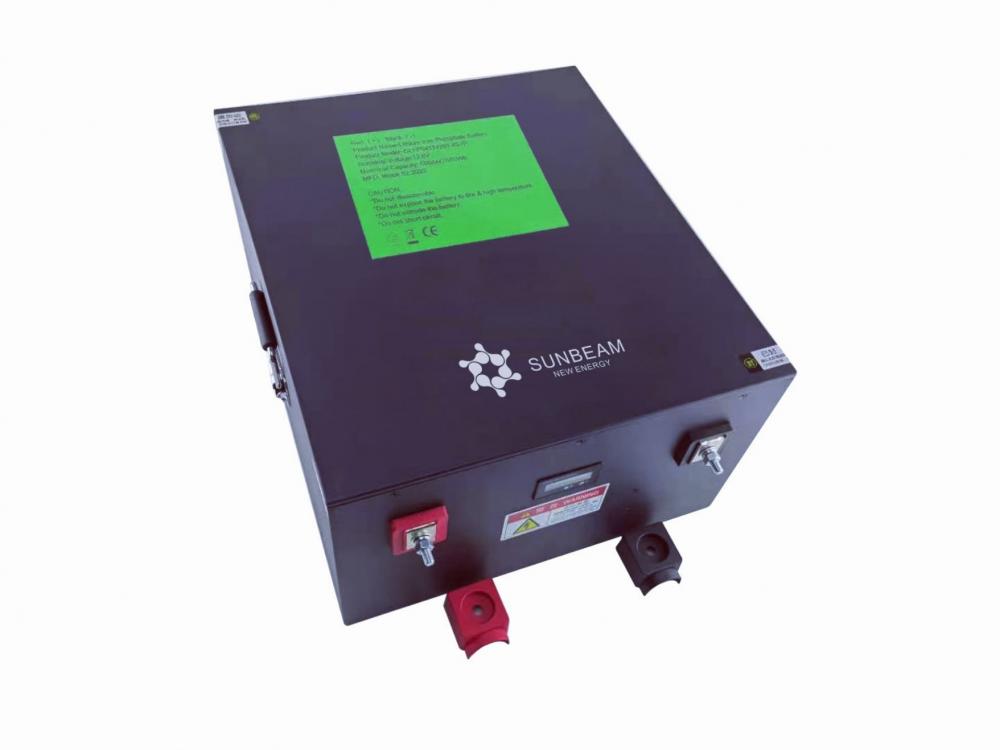LiFePO4 material is known for its excellent safety performance. It is a lithium-ion battery material that can be used in the practical application of lithium ion battery cathode material through extrusion and acupuncture. It is mainly due to its stability. The olivine structure, the stable PO bond greatly increases the thermal stability of the material, improves the thermal runaway temperature of the lithium iron phosphate material, greatly improves the safety performance of the LiFePO4 material, and also improves the cycle performance of the material. LiFePO4 material lithium ion batteries are widely used in areas where electric buses and other safety requirements are required.
However, lithium iron phosphate materials also have many problems, such as low electronic conductivity and low voltage. In order to overcome these problems, various proposals have been proposed, such as LiFePO4 particle nanocrystallization and surface coating, to a certain extent. It solves the problem of low electronic conductivity and low ionic conductivity of LiFePO4 material. However, in order to improve the rate performance and cycle performance of the battery of LiFePO4 material, it is not only necessary to improve the performance of the material itself, but also to improve the conductivity of the LiFePO4 material from the aspect of the distribution ratio of the electrodes.
The electrode of a lithium ion battery is mainly composed of four major components: an active material, a conductive agent, a binder, and a current collector. Only the active material can provide a capacity for the battery, so it is necessary to increase the active material as much as possible in the entire battery. proportion. The conductive agent mainly increases the conductivity of the electrode, and the binder mainly bonds several components of the electrode together. Therefore, in order to reduce the resistance of the electrode, it is necessary to increase the amount of the conductive agent and the binder, and the two are balanced with each other. Restricted. In order to solve the contradiction between increasing the proportion of active materials and improving the conductivity of the electrodes, it is feasible to develop a conductive adhesive to solve the problem of electronic conduction while bonding.

Recently, Haoxiang Zhong and others of the Guangzhou Energy Research Institute of the Chinese Academy of Sciences have developed a new type of adhesive with conductivity. The binder mainly contains carboxymethyl chitosan (CCTS) as a binder, poly(3,4- Ethylenedioxythiophene)-polystyrenesulfonic acid (PEDOT:PSS) is used as a conductive agent.
The PEDOT:PSS material can form a continuous uniform conductive network inside the electrode and can reduce the application of the conductive agent carbon black, thereby increasing the compaction density of the electrode. The LiFePO4 battery using PEDOT:PSS conductive agent exhibited better cycle performance and rate performance.
PEDOT: PSS is widely used in the field of lithium ion batteries due to its good electrical conductivity and thermal/chemical stability, such as Si negative batteries. Haoxiang Zhong combined PEDOT:PSS with CCTS and applied it on LiFePO4 material electrode, and studied the substitution relationship between PEDOT:PSS and carbon black. It was found that the weight ratio between PEDOT:PSS and carbon black was 1:1. Shows the rate and cycle performance of **. The experimental procedure was as follows. First, PEDOT:PSS was dispersed in a CCTS solution, and then mixed with LiFePO4, carbon black, and a binder (SBR), and then coated on a re-aluminum foil for subsequent electrochemical tests.

The test found that the electrode using PEDOT:PSS conductive agent is lower than the impedance of only carbon black conductive agent (100Sm-1: 526Sm-1), and the compact density of the pole piece is also increased from 1.5g/cm3 to 1.7g/ At the same time, the peel strength of the pole piece was also significantly improved from 0.17 N/cm to 0.23 N/cm. Electrochemical tests found that the specific energy of the electrode using PEDOT:PSS conductive agent was 155 mAh/g, the capacity retention rate was 100% in 100 cycles, and the voltage platform was 3.4V. At the same time, the electrode with PEDOT:PSS conductive agent showed better rate performance. The specific capacity of 3C can reach 113mAh/g, and it can reach 93mAh/g at 5C rate.
PEDOT: PSS conductive agent has good electrical conductivity and stability. It can be applied not only to LFP batteries, but also to other materials. For example, it can be applied to Si anode materials, which can significantly improve the rate performance of batteries. The NMC111 electrode can increase the discharge specific capacity of the NMC111 material.














